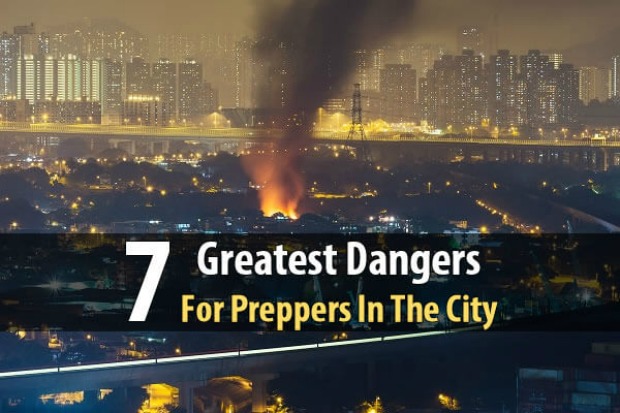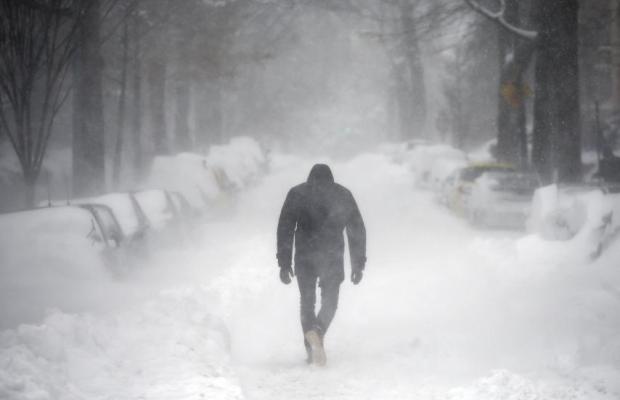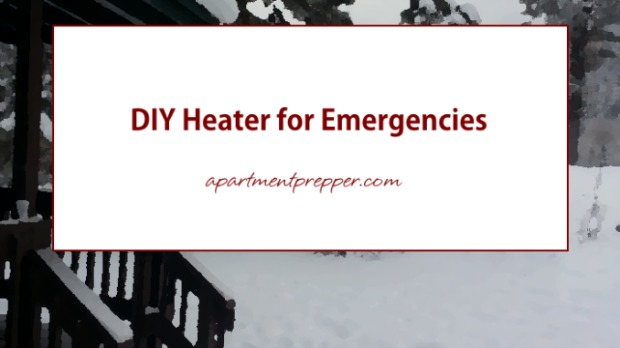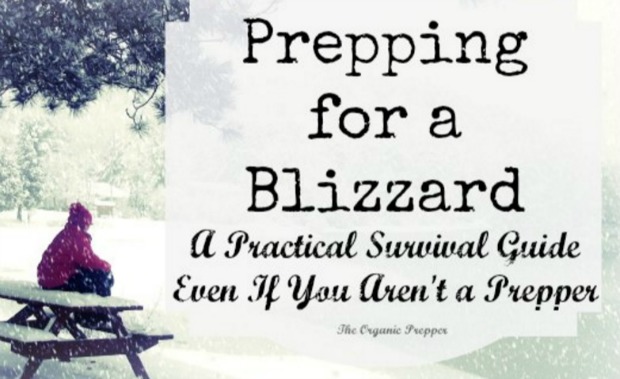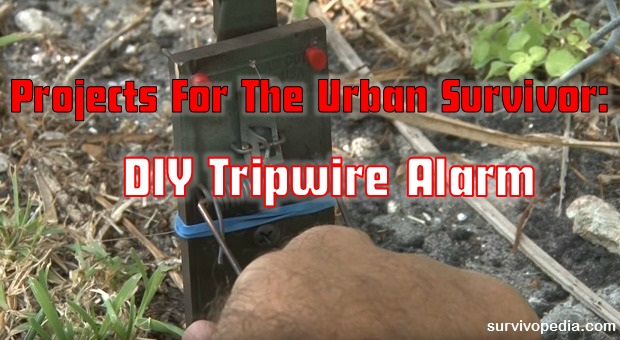Written by Guest Contributor on The Prepper Journal.
Editor’s Note: This post is another entry in the Prepper Writing Contest from GoodPrepper. If you have information for Preppers that you would like to share and possibly win a $300 Amazon Gift Card to purchase your own prepping supplies, enter today.
Survival groups whether you call them that, a Mutual Aid Group, “The Team”, or any other monikers have become ever more popular over the past few years. While I think this is a fantastic idea for those of us that see what is coming I also see a lot of online bragging in forums about how “prepared” their group is followed by 3 paragraphs detailing firearms purchases and maybe some references to a few members being ex-military. Tactical skills are great but I see two problems with the way most individuals and groups approach them.
First, people tend to focus nearly 100% of their time, money, and attention on the sexy gun stuff with nearly nothing left over for the other skills that make for a well-rounded survival group.
Second they tend to overestimate their tactical abilities. I once heard it said that buying a gun (or dozens of them) doesn’t make you a marksman any more than buying a piano makes you a pianist. Having been in the military doesn’t necessarily mean a person has much competency with firearms. Many units only get to the range twice a year and almost never with pistols. Add to that the vast majority of those in the military (all branches) aren’t trigger pullers but rather are in support functions sitting on the FOB or on a ship out at sea and you will see why having even someone with a deployment under their belt also doesn’t guarantee you have a gunfighter on your hands. I myself was in the army for 15 years to include a year in Afghanistan but recently I had to come to face the fact that I was a mediocre marksman and a poor gunfighter (2 different things) at best. Now after several years of spending thousands of dollars on quality training instead of buying more guns (I couldn’t properly fight with) I have improved by leaps and bounds and wish I had half these skills when I was deployed.
Are you as good as you think you are with a firearm? On a related side note how is your gear? Of course you won’t know the answer to this unless you have gone out and run it hard in a realistic class setting. I recently had a coworker that went out and bought the latest cool guy holster everyone on the internet told him the Israeli soldiers were using (so it must be good then, right?). He went to a class I recommended for him and 30 minutes into the class the holster broke into pieces. Had he not gone out and really run the thing he would have been potentially betting his life on a bad piece of kit.

I myself was in the army for 15 years to include a year in Afghanistan but recently I had to come to face the fact that I was a mediocre marksman and a poor gunfighter.
But back to the topic at hand, if many survival groups are mainly made up of people whose only skill set is “providing security” and for some reason you found yourself looking to join a group either now or after a collapse, would you take you? If you are honest with yourself the answer is probably “no”. The reason is, you’re just not worth the calories it takes to feed you when running gun battles might only be occurring 0.001% of the time in any given week or month depending on your location (if they are more than that you might want to relocate). So the next question is what other skills do you have or can you develop to be worth someone taking you in?
What skills do you bring to a survival group?
I personally see the following as the new member value hierarchy. This is based on the composition of prepper groups I have seen firsthand or read posted about. If your entire group is made up of a commune of expert farmers and ranchers then that skill set would obviously not be as high a priority. So in order of low to high for me:
Guy with a gun– Low value, even lower if they have the low skill-set and poor equipment many firearm owners do. (90+% of preppers)

Guerrilla Gardening
Gardener– Someone who regularly kept a backyard garden, this person might also have learned to can their excess. You definitely won’t have to shoot it out with the zombie mutant biker hordes every day but you do need to eat every day! (20% of preppers….most preppers meant to develop this skill but “never got around to it”, “didn’t have space”, or “insert other excuse here”).
Communications person– Someone who knows their stuff, not the guy that went out and bought the $30 Baofeng UV-5r and plans to learn how to use it later and doesn’t want to get licensed because “when the SHTF there won’t be no FCC around to stop me”. I’m talking about someone who has accumulated the extensive equipment required and trains on it regularly. This guy can run something like PSK31 digital mode transmission to still communicate around the world during even the most challenging propagation conditions. He might also be your power person because he has spent a lot of time researching batteries and solar setups to keep his rig running while out in the field for extended periods. This guy might even be higher up than I have listed, after all without him you might literally not know what is going on in the world beyond what you can see from your window. (Less than 5% of preppers)

Someone who knows their stuff, not the guy that went out and bought the $30 Baofeng UV-5r
Farmer/Rancher– This person devoted their livelihood to raising food – either vegetables or livestock of some combination of both. They understand how to produce on a large-scale and how to deal with procuring the inputs needed and dealing with the unused byproducts. (Less than 5% of preppers)
Medical professional– TRUE medical professional. While taking a CPR class and buying an Israeli bandage is nice this is not the same thing as being in the medical profession. Also while natural medicine has its place as off the shelf medicine becomes scarce you will want someone who has experience operating on people at an EMT level or above to address trauma and is expert at diagnosing larger issues such as whether an infections requires a gram positive or gram negative antibiotic to treat. (Less than 1% of preppers meet this category.)

In SHTF, you won’t be able to count on medical treatment being available.
I’ve surely missed some here like skill sets here like someone who is an expert in human waste sanitation, or a logistician that can track your supply usage or even something more exotic like a blacksmith. Part of this is because I don’t think these are full-time jobs unless you have a very large group and partly because the purpose of this article isn’t to feed you the right answers. What I want to get you thinking about is that if you step back and look at what your own group would need or imagine the needs of a group you are looking to join, would you take someone like yourself in?
You might not like the answer so pick something higher up the hierarchy and get to work! Much like anyone that tells you that they don’t have 20 minutes a day 3-4 days a week to exercise is lying so is anyone that says they don’t have the time or money to learn a new skill. You may not be able to become a doctor but in my case I decided I would become a ham radio operator. It seemed daunting, I didn’t grow up around this stuff and in the military I just called over the S-6 private to fix my radio in the MRAP whenever it wasn’t working. Turns out it is VERY EASY and inexpensive to get your license in amateur radio. Whole articles have been written about it but I will say it really only takes about 45 minutes of studying every night for 10 days to 2 weeks and then about $10 (or sometimes free) to sit the test and you’re on your way with a Technician class ticket. Now get to know the old guys at the ham club in your town that administered the test and you’ll be amazed at how generous they are with their time, they’ll even let you use their equipment for free! Plus who here doesn’t know how to use YouTube to learn almost any new skill….for free! I’ve since upgraded to General and then Extra class (the highest level). I have put together a highly portable mobile set up and I get out in the field to test my equipment and refresh my skills at least twice a month. That’s just one example of how you can build worth as a group member beyond being the “gun guy”.
Lastly if you decide you only care about guns and are “too cool” to learn anything else at least learn as much as you can not only in training and tactics but also maintenance and repair. Attend an armorer course and acquire the tools and spare parts to do the work. You still won’t be worth as much to me as a farmer but you won’t be a dime a dozen.
I realize this article might offend some but hopefully it gets you thinking and honest about your value especially if you are currently a “lone wolf” looking for a pack. People have covered how to find other preppers but I wanted to include some information on how to be as valuable as possible once you find them. Good luck and get learning!
The post Survival Group Selection: Would You Take Yourself? appeared first on The Prepper Journal.
from The Prepper Journal
Don't forget to visit the store and pick up some gear at The COR Outfitters. How prepared are you for emergencies?
#SurvivalFirestarter #SurvivalBugOutBackpack #PrepperSurvivalPack #SHTFGear #SHTFBag



